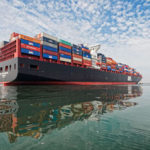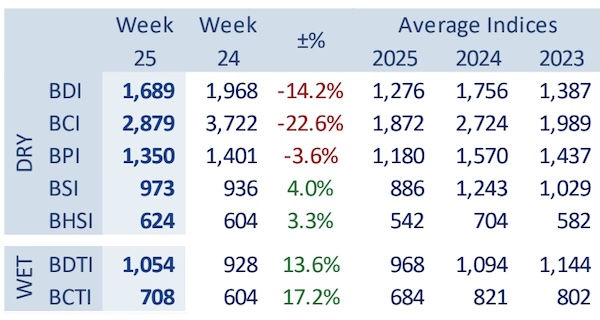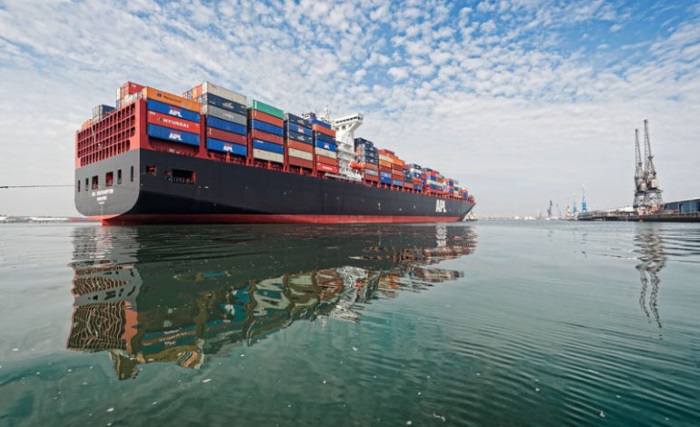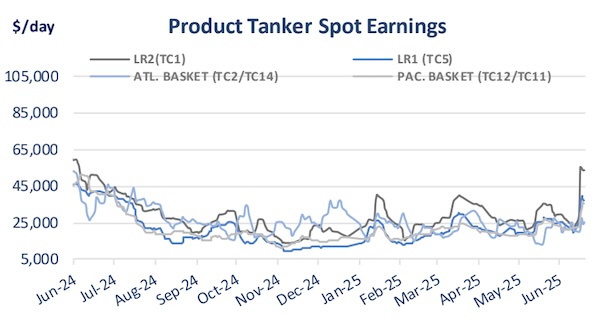Is Japan’s Shipbuilding Industry on a Comeback Run?

With the focus over the past few years being the rise of China’s shipbuilding industry and Korea’s response to it, Japan has seen its place among the leading shipbuilding nations waning. However, this could be set for a shift sooner than later. In a recent weekly report, shipbroker Xclusiv said that “Japan is considering bold measures to revive its once-dominant shipbuilding industry, including the creation of a government-supported national shipyard, as part of a broader plan to rebuild its maritime manufacturing capabilities vital to national security. A proposal submitted recently to Prime Minister Shigeru Ishiba by the ruling Liberal Democratic Party (LDP) recommends restoring dormant shipbuilding and repair facilities and offering incentives to attract both public and private investment in advanced shipyard infrastructure”.

Source: Xclusiv
According to Xclusiv, “in recent years, Japan’s shipbuilding market share has declined sharply, driven largely by intense price competition from Chinese and South Korean shipyards. To understand the major transformation in the global shipbuilding industry—marked by China’s rise and the decline of Japan and South Korea—we can compare vessel deliveries from 2008 and 2024 (focusing on ships ≥10,000 DWT). In 2008, a total of 480 bulk carriers and general cargo vessels were built worldwide. Japan led with a 47% share, followed by China at 42%. South Korea, meanwhile, dominated the tanker sector, constructing 46% of all tankers, while China and Japan each held around 20% market share. For container ships, China built 38% of the 468 vessels delivered that year, with South Korea and Japan contributing 31% and 9%, respectively. South Korea also led the gas carrier segment, building 62% of vessels, compared to Japan’s 25% and China’s 7%”.

The shipbroker added that “by 2024, China’s dominance across all major ship types has become apparent. In the bulk carrier and general cargo segment, China now accounts for 62% of ships built, while Japan’s share has dropped to 31%. A reversal has occurred in the tanker market, with China now leading at 46%, South Korea falling to 21%, and Japan at 18%. In container shipbuilding, China’s market share has surged to 65%, while South Korea and Japan have declined to 27% and 8%, respectively. Although South Korea remains the leader in the gas carrier sector with 63%, China has made significant strides, increasing its share to 26%, up from just 7% in 2008. Currently, there are approximately 6,355 bulk carrier vessels built in Japanese shipyards, with 1,861 of them (29%) being 21 years old or older. By 2030, the number of Japanese-built bulk carrier vessels is projected to reach 7,342, of which 3,049 (41.5%) will be 21 years old or older. In the tanker sector, there are currently 2,071 vessels built in Japanese shipyards, with 649 of them (31%) being 21 years old or older. By 2030, the number of Japanese-built tankers is expected to rise to 2,192, with 1,156 vessels (53%) aged 21 years or older”.

Source: Xclusiv
“Despite the steep decline in global competitiveness, Japan’s shipbuilding sector is undergoing a leadership reset. Yukito Higaki, president of Imabari Shipbuilding—Japan’s largest commercial yard—has been appointed chairman of the Japan Shipbuilding Industry Association (JSIA). This marks the first time the role is held by someone from a purely commercial yard rather than a diversified industrial conglomerate like Mitsubishi or IHI. At a recent press conference, Higaki outlined an ambitious target: to double Japan’s global market share and restore the country to at least 20% of the global shipbuilding market by 2030”, Xclusiv concluded.
Nikos Roussanoglou, Hellenic Shipping News Worldwide




